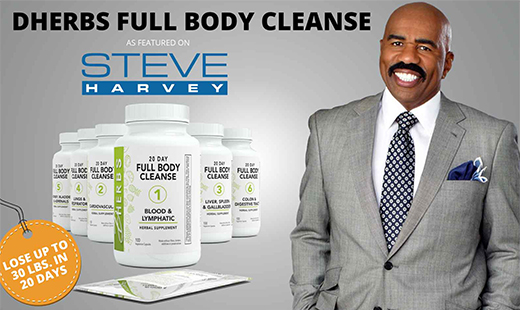One of the scariest things about heat stroke is that people are not aware of when they are in danger until it’s too late. By the time symptoms occur, you are too confused or delirious due to nerve damage. If you want to ensure that your health is never in harm’s way during hot weather, take preventative measures to hydrate the body and keep yourself cool. Additionally, avoid actions that increase your risk of developing heat stroke, such as engaging in hot yoga or exercising in direct sunlight.
What Is Heat Stroke?
Heat stroke is a serious, potentially life-threatening condition that occurs when the body is no longer able to regulate its internal temperature. That causes core temperature to rise rapidly, typically to temperatures above 104 degrees Fahrenheit. That is considered a medical emergency and requires immediate attention to save your life. Without prompt treatment, heat stroke can result in organ damage, brain injury, or even death. The two primary types of heat stroke are:
- Classic (non-exertional) heat stroke: This type of heat stroke affects vulnerable populations, including young children, older adults, and people with chronic illnesses. It usually occurs after prolonged exposure to high temperatures in poorly ventilated areas during heat waves. You do not need to physically exert yourself to develop this type of heat stroke.
- Exertional heat stroke: This type of heat stroke affects healthy, active individuals, especially military personnel, laborers, and athletes. They perform intense physical activity in hot and humid conditions, and heat stroke can progress rapidly.
Once the body’s core temperature rises, all of the innate processes that are in place to regulate core temperature break down. That creates serious, life-threatening problems, such as loss of consciousness or organ damage. If the heat index is higher than 90 to 95 degrees Fahrenheit, the number of deaths caused by heat illness increases. Do your best to stay cool and prevent heat-related illness and heat stroke with the following tips.
Avoid Sugary Drinks, Caffeine, And Alcohol
Hydration is the goal when the weather is hot, so there is no sense in drinking beverages that dehydrate the body. Avoid sugary drinks, alcohol, and caffeine because they dehydrate the body by increasing urination and expediting electrolyte loss. Consuming too much sugar can also lead to inflammation, which makes heat stroke even worse. Sports drinks are marketed to keep you hydrated during physical activity, but many of them contain excess sugar and added chemicals. Opt for a natural electrolyte drink instead, such as unsweetened coconut water, mineral water, and even pickle juice.
Check Your Medications
There are many medications that can increase the risk of heat stroke. The reason for this is because they affect how the body reacts to the heat, or they interfere with your salt and water balance. Some medications that can alter the body’s ability to deal with hotter temperatures are:
- Laxatives
- Diuretics
- Antihistamines
- Antibiotics
- Medications for seizures
- Antipsychotics
- Antidepressants
- Drugs for heart disease, cholesterol, and blood pressure
Drink Lots Of Water
The most important thing you can do for the body when the weather is scorching is to drink a lot of water. The heat makes you sweat, which means that you lose both water and electrolytes. Drink two to four cups of water every hour when you are outside or exercising. If you wait until you are thirsty to drink water, you are already in a mild state of dehydration. Keep drinking water to lower your risk of heat stroke, and make sure that your children and those higher at risk do the same.
Eat Hydrating Foods
In addition to drinking water, you can also eat water-rich foods. Many fruits and vegetables contain a lot of water, vitamins, minerals, antioxidants, and other valuable electrolytes that benefit the body. These fruits and vegetables can help you maintain fluid balance, keep blood pressure levels in check, and aid with nerve signaling. Some of the best hydrating foods include:
- Watermelon
- Tomatoes
- Cucumbers
- Grapes
- Kiwi
- Coconut water
- Zucchini
- Bell peppers
- Berries
- Pineapple
- Broccoli
- Avocado
- Radishes
Avoid Direct Sunlight
If you are sensitive to hot weather, avoid heat stroke by limiting your time in direct sunlight. If you have to be outside, do your best to find shade, or bring an umbrella and hat to keep yourself shaded. Midday heat is the worst, so do your best to avoid being outside during that time of day. If you want to exercise outside, schedule your workouts earlier or later in the day when the temperatures are cooler.

Vincent Stevens is the senior content writer at Dherbs. As a fitness and health and wellness enthusiast, he enjoys covering a variety of topics, including the latest health, fitness, beauty, and lifestyle trends. His goal is to inform people of different ways they can improve their overall health, which aligns with Dherbs’ core values. He received his bachelor’s degree in creative writing from the University of Redlands, graduating summa cum laude. He lives in Los Angeles, CA.






















